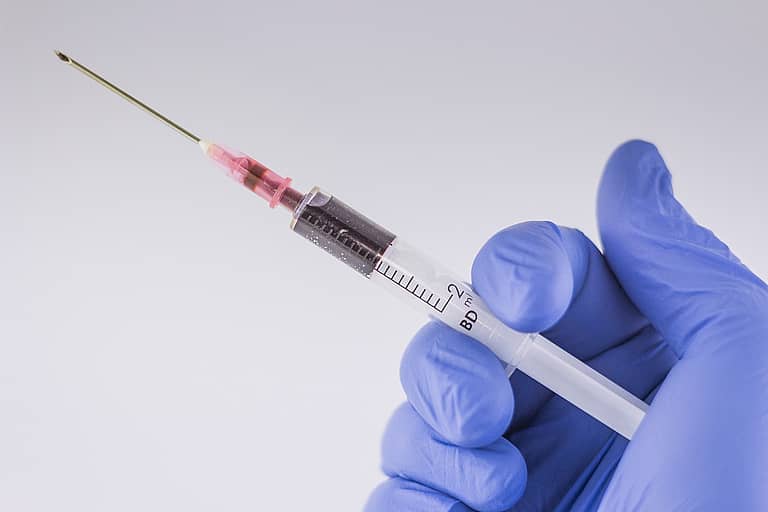Do you know what the hazards are in your workplace and how to protect employees from them? A Job Safety Analysis (JSA) is one of the best ways to identify workplace hazards and the controls needed to eliminate the hazards or reduce them to an acceptable level.
There are four key components to a JSA (also referred to as a JHA or Job Hazard Analysis):
- Determining the task to analyze
- Breaking the task into individual steps
- Identifying the hazards associated with each step
- Recommending controls for each step
In determining the tasks to analyze, the focus is often on the tasks with the highest hazard potential that could result in significant injury, illness, or other incidents. In other cases, tasks that are new to a facility’s operation, or those that have undergone process changes, may be identified for a JSA.
Before conducting a JSA, it’s important to talk with the employee performing the task to get information on what steps are involved with it. Often, breaking the task down into approximately 10 steps is appropriate, but more steps may be needed depending on the complexity of the task.
The employee should be observed performing the task to identify the hazards associated with each step. All types of hazards should be considered including physical, chemical, biological, and ergonomic. The potential that the hazards identified could result in incidents including splashes, spills, needlestick injury, repetitive trauma injury, and inhalation exposure should be evaluated.
As the employee performs the task, it’s recommended that they describe what they are doing in each step, as well as what could potentially go wrong with the step. All steps and their observed hazards should be documented sequentially.
It’s important to ask questions of the employee for clarification on observations and for additional detail if needed. It’s also recommended to ask about any previous incidents related to the task, if the employee has any concerns, and to find out if they have suggestions for making the job safer.
When identifying the appropriate controls for each step, the hierarchy of controls should be followed, focusing first on elimination and/or substitution of a less hazardous component, followed by engineering controls (e.g., local ventilation, enclosures), administrative/work practice controls (e.g., training, development of SOPs), and lastly personal protective equipment (PPE).
After the JSA is completed, it’s important to discuss the results of the JSA with the employee and come to a consensus on the evaluation of the task and the controls recommended. The task should be periodically reviewed for ways to improve the controls initially recommended.
JSAs are a great tool for ensuring employees know how to perform tasks safely! A well-executed JSA often leads to development of a standard operating procedure and/or appendix to the corresponding safety manual. They can also serve as an effective training tool for current and future employees.
For additional information on JSAs, or for assistance conducting them at your facility, please email us at info at [email protected].
This blog was written by Beth Graham, Safety Partners’ Director of Quality, Research, and Training and Sara Evarts, Safety Partners’ Quality, Research, and Training and Industrial Hygiene Specialist.


